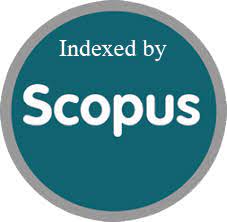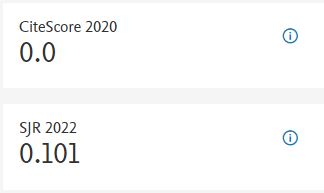Educational Policies and Geographic Disparities: Addressing inequalities in access to quality education
DOI:
https://doi.org/10.7492/c0snch19Abstract
Ensuring universal access to high-quality education is crucial not only for fostering a peaceful and prosperous global community but also for achieving Sustainable Development Goal (SDG) 4. Education plays a vital role in equipping individuals with the knowledge and competencies needed for maintaining good health, securing employment, and nurturing a culture of acceptance and understanding. This study aims to investigate the correlation between geographic disparities and academic achievements by identifying the specific geographical factors contributing to educational inequities. It proposes measures to improve outcomes by addressing these disparities effectively.
The research provides valuable insights into the mechanisms necessary to realize SDG 4, which aims to ensure inclusive and equitable quality education and promote lifelong learning opportunities for all. By highlighting the impact of spatial inequality on educational outcomes, the study offers a cost-effective approach to tackling the issue of inadequate academic achievements. These insights are particularly relevant for policymakers as they seek to develop strategies that enhance inclusivity and equity in education.
In summary, this study contributes to the broader goal of achieving universal access to quality education by shedding light on how geographic factors influence educational disparities. It underscores the importance of targeted interventions in addressing these challenges and emphasizes the role of education in promoting sustainable development and societal well-being.

















